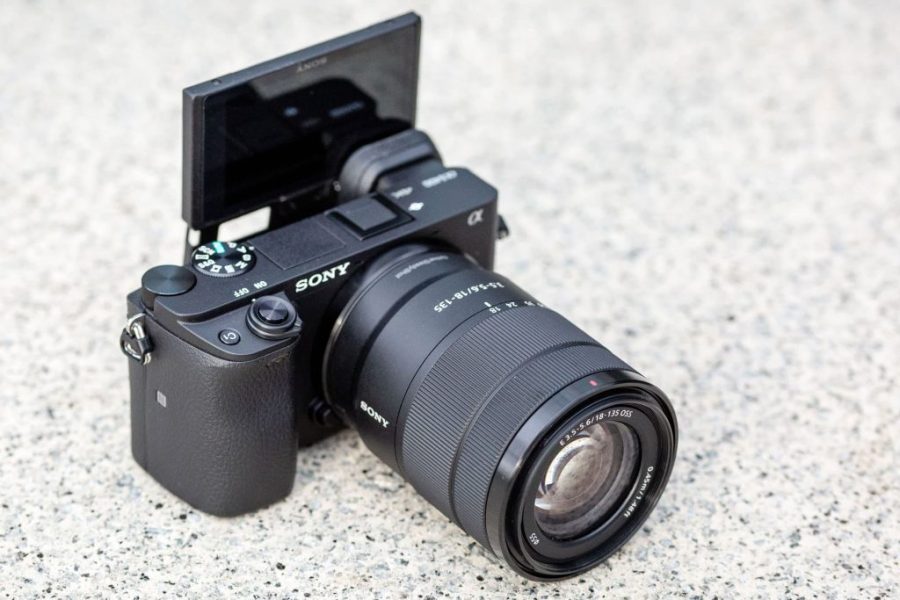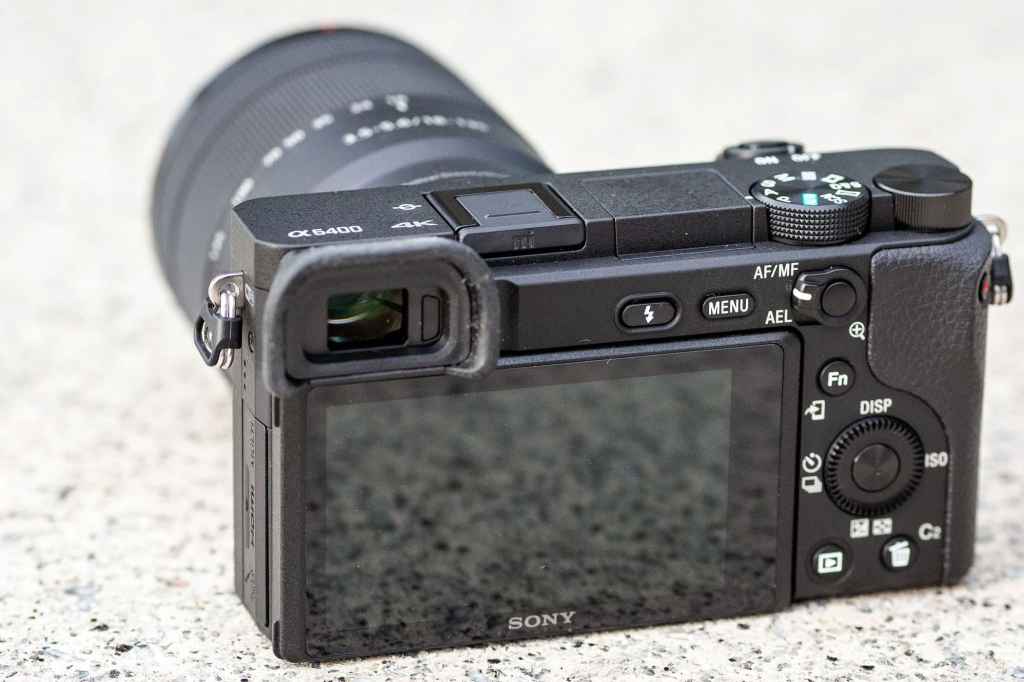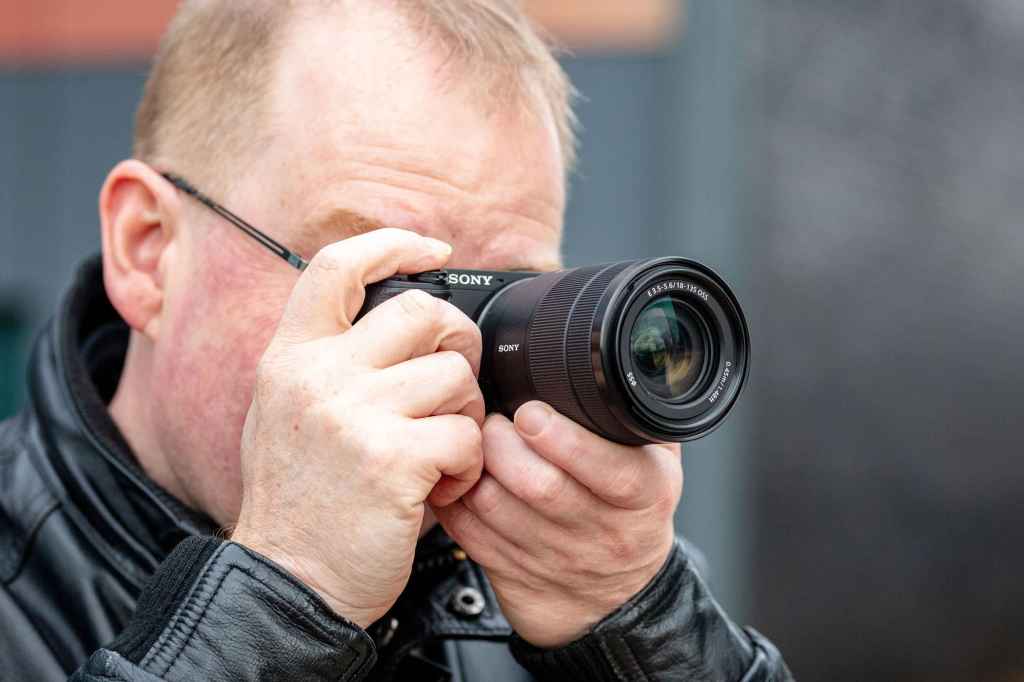Amateur Photographer verdict
The A6400 is an exceptional and versatile camera in its abilities and the images it produces. At the same time, its awkward handling challenge the achievement of such feats.- Astonishingly good subject-tracking autofocus
- Excellent image quality in almost any shooting situation
- Broad control customisation options
- Quite compact size and decent build quality
- Out-dated body design make for inferior user experience
- Poorly configured out of the box control setup
- 16:9 LCD screen gives small display area for 3:2 stills
- Minimal touchscreen functionality
- No in-body image stabilisation
In recent years, Sony has been busy building up its full-frame mirrorless system adding numbers to the best Sony cameras. With similar looks to the Sony A6300, its predecessor, the A6400 incorporated big improvements in autofocus performance. In fact, Sony led the way in AF development here; introducing such features as Eye AF that soon became industry standards. It was this Sony A6400 that debuted Sony’s next generation Real Time Tracking and Real Time Eye AF technologies, impressing everybody with them. The result is a brilliant camera for stills photography and recording video.
All this left the more-affordable APS-C strand of its E-mount range somewhat in limbo. In January 2018 the firm introduced its first new APS-C lens for over four years, in the shape of the E 18-135mm F3.5-5.6 OSS, and at the start of 2019, the Sony Alpha 6400 marked its first APS-C body in more than two years.
Sony A6400 at a glance:
- $748 / £695 body-only ($848 / £790 with 16-50mm Power Zoom lens)
- 24.2MP APS-C CMOS sensor
- ISO 100-32,000
- 11 fps shooting
- 2.36m-dot electronic viewfinder
- 3in, 921,600-dot tilting touchscreen
- 4K video recording
How does it compare? Where does it sit in the A6000 series?
The A6400 sits in the middle of the A6000 series and is a fast, high-end rangefinder-style camera with lots of external controls, and at a body-only price point of $750 / £700, it seems squarely pitched at serious enthusiast photographers. However, Sony said that it is for the full range of potential buyers from beginners to professionals.

If we’re honest, Sony’s Alpha 6000 series isn’t the easiest to understand. For instance, the A6400 launched in 2019, three years after the debut of the Sony A6500 2016. In 2020, the A6600 hit the market, replacing the A6500. In a rare moment of clarity, Sony clarified that the A6400 completely replaced the A6300 in the European market and slots neatly between the veteran entry-level Sony A6000 that dates from 2014, and the high-end A6500, now the A6600. As a result, Sony went on with three similarly-named, almost identical-looking cameras on sale simultaneously. Helpful?
24MP APS-C size sensor
In essence, almost all of the Sony A6000-series cameras share a 24-megapixel APS-C sensor and the same body shape; what changes from model to model are things like AF performance and the image processor. The A6000-series cameras are best-sellers for Sony, which is helped by the fact that when a new model is released, the company keeps selling the older versions at decreased prices. Of all of the Sony A6000-series cameras you can still buy – the Sony A6100, A6400, A6600 and 26MP A6700– the Alpha 6400 is one of the best Sony cameras for its combination of features and price point. It’s also one of the best cameras for vlogging, for those content creators out there.
The A6400 is available to buy as a body only, or in kits with 18-135mm or 16-50mm f/3.5-5.6 zooms, though the latter are getting harder to find in the UK market. The A6400 + 16-50mm kit is still available in the US for $849. The 16-50mm is very compact and will get you started for minimal extra outlay, but optically it’s very compromised. I’d advise spending more on a better lens if at all possible, such as the aforementioned E 18-135mm f/3.5-5.6 OS, E 18-105mm F4 G OSS, or E 16-80mm F4 ZA OSS. For more options have a look at the best Sony E-mount lenses.
Firmware Updates
Sony has updated the firmware on the A6400 a few times since its launch to add features such as real-time Eye AF for animals, support for the RMT-P1BT wireless remote and general performance enhancements to improve the overall stability of the camera.
You can download the firmware from Sony’s website.
Sony Alpha A6400 – Features
In terms of core features, the A6400 offers broadly the same specification as the A6300 before it. Once again you get a 24.2MP APS-C sensor, a standard sensitivity range of ISO 100-32,000 that’s expandable to 102,400, and continuous shooting at up to 11 frames per second. However, the latest Bionz X processor and front-end LSI means that it’s now possible to shoot 116 JPEG frames before the camera starts to slow down, or 46 in raw + JPEG. For most situations, this should be ample. Somewhat unusually, the camera slows down in its silent electronic shutter mode, to 8fps.
However, it’s the hybrid autofocus system that Sony’s most keen on talking about. This employs 425 phase-detection points arranged across the whole of the image area, which work in concert with 425 contrast-detection points for maximum accuracy. The firm claims it offers the world’s fastest autofocus, at a mere 0.02sec under optimum conditions. Considering that the average human reaction time is generally considered to be about 0.2sec, this is incredibly quick. But it also means that the A6400’s speed increase over its predecessor is pretty much unnoticeable.
Video specs
Naturally Sony has included an impressive video specification. The A6400 can record 4K (3840 x 2160) video at 25fps, with no field-of-view crop. Meanwhile Full HD (1920 x 1080) can be recorded at 100fps, while a separate S+Q mode is on hand for recording slow- or quick-motion footage. There’s a 3.5mm stereo socket for connecting an external microphone, and clean HDMI output for using an external recorder. Advanced features include S-log gamma that gives output suitable for colour grading, zebra pattern overexposure warnings, and highly-configurable focus peaking that’s more accurate than on previous A6000-series cameras. Sony also says that the video AF performance is radically improved.
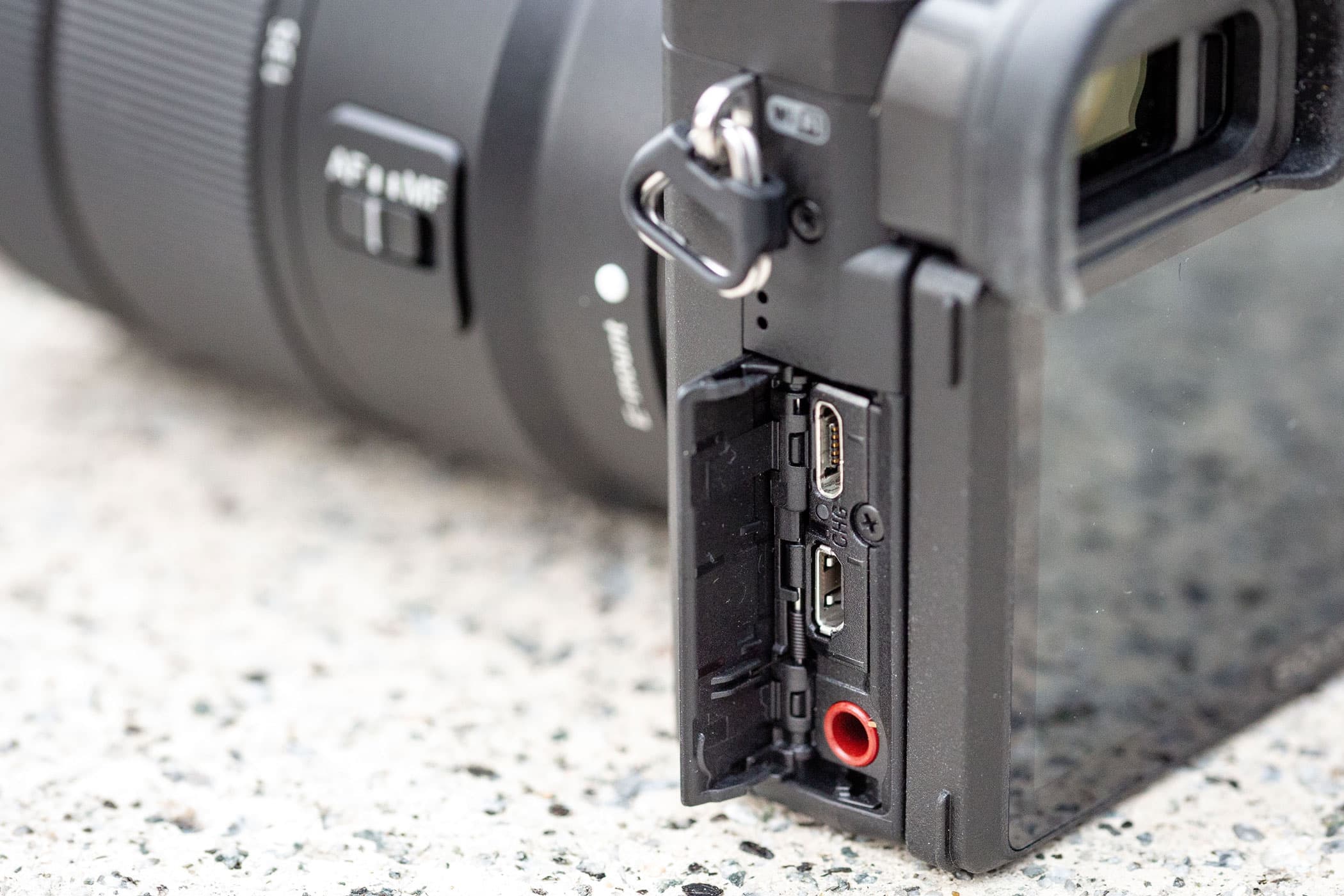
One feature that the A6400 lacks is, sadly, in-body stabilisation. We’ve got used to Sony employing this in its full-frame models, so it comes as a surprise to find it omitted here. If you need this feature, which is extremely useful for both stills and video, you’ll have to buy the more expensive A6500 instead.
Built-in intervalometer
One addition that will please many Sony fans is a built-in intervalometer for time-lapse photography. It’s comprehensively featured, including an anti-flicker option for suppressing sudden brightness changes between frames, and the camera can be powered via its Micro USB port during long sequences. The only real disappointment is that time-lapse movies can’t be compiled in-camera. Instead, this has to be done on a computer using Sony’s free Imaging Edge software.
As usual, Wi-Fi is built in for connecting the camera to your smartphone, via the PlayMemories Mobile app for Android and iOS. Sony provides a capable remote control option that’s activated from the camera’s menu, complete with live view display. It’s also easy to send your favourite images to your phone when viewing them in playback, by just a press of the Fn button. But yet again, there’s no in-camera raw conversion for adjusting your images before you share them.
Bluetooth is built in, too, but is only used for geo-tagging images with your phone’s location information; much less useful than the quick remote-control and Wi-Fi-activation functionality offered by the likes of Canon, Fujifilm and Panasonic. PlayMemories Mobile is due to be replaced by a new app, Imaging Edge Mobile, which hopefully will bring Sony more up-to-date in this respect.
Body and Design
The A6400 employs a boxy, rectangular design with a corner-mounted viewfinder and a prominent handgrip. Magnesium-alloy front and top plates confer a robust feel, and Sony says that the camera is dust and moisture-resistant. Unfortunately, though, none of the firm’s matched APS-C format lenses are sealed to match, but instead only its bulkier, more expensive full-frame optics.

In terms of layout, the A6400 is almost identical to its predecessor, with the only real change being that the screen that can now face forwards over the top of the camera for selfies and vlogging, thanks to the addition of yet another hinge to its articulation mechanism. However in terms of the body shape and the basic positioning of buttons and dials, the design can be traced back much further, to the NEX-7 from 2011.
Onscreen interface
For its time, the NEX-7 was an incredibly sophisticated camera, and while its default setup left a lot to desired, it could be hugely improved if you were prepared to battle through the menus and re-assign the controls more usefully. Since then, Sony has substantially reconfigured what the various buttons and dials do, and radically redesigned the onscreen interface and menus. Almost 8 years on, the A6400 is still an incredibly sophisticated camera, but while its default setup leaves a lot to be desired, it can be hugely improved if you’re prepared to battle through the menus and re-assign the controls more usefully.
To be fair, Sony has now made all of the key exposure settings externally accessible, one way or another. But the problem is that everything is supposed to be operated by your right thumb, using control points scattered across the camera’s back. To change key exposure settings therefore requires a lot of thumb movement and button-pressing, which means that the A6400 is nowhere near as fluid or pleasant to use as its APS-C mirrorless competitors from the likes of Canon and Fujifilm.
Twin dials
The dual electronic control dials are a case in point. In general, this design feature is prized by serious photographers for enabling quick operation, because it allows one exposure setting to be changed using your forefinger and another with your thumb. But Sony has placed both dials for operation by your thumb, one on the top-plate and the other on the back, which fundamentally misses the point. By default, the dials are also configured to change the same setting in all exposure modes except manual, which again fails to make best use of them. Thankfully you can assign either dial to operate exposure compensation in the other exposure modes, which makes much more sense.

Indeed the camera is highly customisable, and Sony has added a useful new My Dial feature that lets you temporarily assign different settings to the electronic dials when you press a custom button. I used this with the C1 button beside the shutter release to give quick access to white balance and ISO. Unfortunately, though, you get no visual feedback in the viewfinder when you change the dial mode, which can easily result in inadvertent changes. This is strange given that it’s clearly indicated when you’re using the LCD.
Best with lightweight lenses
On a more positive note, the chunky handgrip is much the best I’ve used on any small rangefinder-style mirrorless body, at least when used with relatively lightweight lenses. However, the camera’s low profile means that it’s very shallow, with only enough space for your second and third fingers to wrap around. As a result, it’s not especially comfortable to hold with larger and heavier lenses, which is unfortunate for a camera whose autofocus capabilities should make it an ideal vehicle for fast primes and telephotos. I can’t help but feel that Sony really needs to develop a larger, SLR-shaped APS-C body with a proper, full-height grip, which would be much better suited for this kind of work.
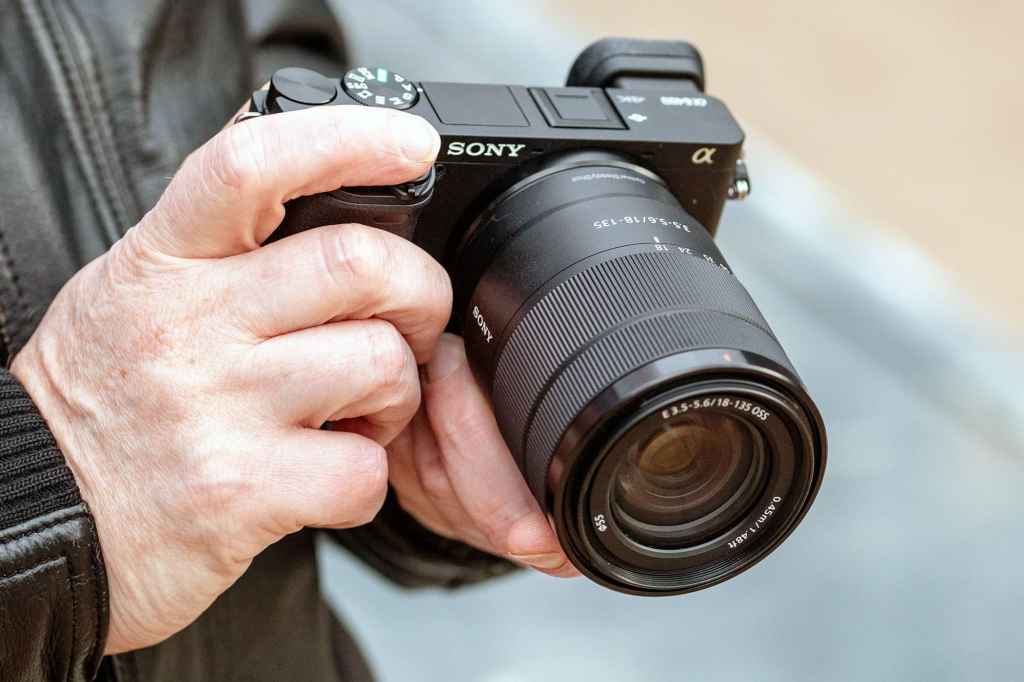
On a more positive note, the chunky handgrip is much the best I’ve used on any small rangefinder-style mirrorless body, at least when used with relatively lightweight lenses. However, the camera’s low profile means that it’s very shallow, with only enough space for your second and third fingers to wrap around. As a result, it’s not especially comfortable to hold with larger and heavier lenses, which is unfortunate for a camera whose autofocus capabilities should make it an ideal vehicle for fast primes and telephotos. I can’t help but feel that Sony really needs to develop a larger, SLR-shaped APS-C body with a proper, full-height grip, which would be much better suited for this kind of work.
The truth
Despite all its handling flaws, with some extensive menu fettling I was able to get the A6400 set up reasonably tolerably. But even then, I can’t say I found it to be an enjoyable camera to use. Mirrorless cameras have moved on a long way since this design was first conceived, and Sony has been left trailing by other manufacturers who have a considerably better grasp of photographers’ preferences and needs. If you want an APS-C camera at this price point that’s both highly sophisticated and a pleasure to shoot with, the Fujifilm X-T30 looks like a rather better bet.
Viewfinder and screen
Sony has fitted the A6400 with a pretty decent electronic viewfinder. It’s a 2.36m-dot panel that offers 0.7x equivalent magnification, a size and resolution that’s only really surpassed by more expensive cameras. Exposure information is displayed neatly above and below the image preview, and it’s possible to display a live histogram or a dual-axis electronic level (but annoyingly, not at the same time). By default, Sony aims to preview the final image in terms of brightness, colour, white balance and depth-of-field, which helps you get all your settings right before taking the shot.
The camera’s low body brings another drawback when you look at the rear LCD screen. It may declare itself to be of the 3in type, but because of its wide 16:9 aspect ratio, the active display area when shooting stills in the 3:2 aspect ratio is rather smaller, being closer to 2.6in. Compared to other similar-shaped cameras such as the Fujifilm X-E3 or Olympus PEN-F, this looks tiny.

The screen is touch-sensitive, but as with other recent Sony cameras, it doesn’t do much. You can set the focus point by touch, or zoom into images by double-tapping the screen in playback and then scroll around to check sharpness, but that’s the limit. You can’t use the touchscreen to interact with the useful onscreen Fn menu, change menu settings, or even flick through images in playback. It feels like a feature the firm has grudgingly added so it can be ticked-off in the marketing materials, which is particularly disappointing given how well some other manufacturers now completely integrate a touch interface into their cameras.
Autofocus
If you’ve read this far in this Sony A6400 review, you’ve probably concluded that I think the Alpha 6400 is an absolute stinker of a camera. But it’s more complicated than that, because the A6400 incorporates an absolutely ground-breaking autofocus system that’s far ahead of anything else I’ve previously used, including Sony’s own flagship Alpha 9. This is, to put it mildly, a really big deal, particularly if you regularly shoot moving subjects.

Sublime autofocus
Sony’s new AF system leaves its rivals trailing with its new Real-Time Eye AF and Real-Time Tracking technologies. In essence, these use a wide range of information, including colour, pattern, shape and distance, to lock onto the subject and then follow it wherever it moves around the frame. All you have to do is enable AF-C and Tracking modes, then place the focus area over the subject and activate AF. The camera will do the rest. It advances on previous subject-tracking systems by its uncanny ability to keep track of the designated target almost no matter where or how it moves, or what obstructions pass between it and the camera. It can even re-acquire the correct subject if you temporarily lose it off-screen.
When shooting human subjects, the camera is also able to switch seamlessly between eye-detection, face-detection and simple object recognition if your subject turns their face away. What’s more, you don’t need to assign a custom button to activate Eye AF any more; instead it kicks in automatically if you use the shutter or AF/MF buttons to activate autofocus. If you shoot human subjects for anything other than static portraits, this has the potential to completely transform how you work.

Tracking AF
That’s not the limit of the system’s usefulness, however; it has the potential to change how you use autofocus completely. Even with static subjects, it’s possible to change composition while the camera keeps track of your main subject, so you don’t even have to move your focus point around the frame manually. You might think that this sounds little different to the conventional focus-and-recompose approach, but it’s not susceptible to the same errors as the camera focuses on the subject after it has been placed off-centre, rather than before.
If this all sounds too much like science fiction, you still have a full set of conventional AF modes to fall back on. You can choose between various sizes of focus area, and move the point of interest feely around the frame using either the touchscreen or the d-pad, although the latter requires a custom button to be assigned to the obscurely-named Focus Standard. I’d recommend using the touchscreen, if you can live with it, as the focus area is then highlighted in a readily-visible orange when you move it. However when you use the d-pad, the focus area is outlined in a near-invisible grey, so it’s often impossible to see. This is a long-running bug that Sony shows no sign of fixing.
Performance
Once you’ve got it set up to your liking, in practical use the A6400 is a quick, reliable camera that operates with minimal fuss. It’s not especially discreet, though: in stereotypical Sony fashion, the shutter fires with a relatively loud clack. This is another area where the firm has stood still, while the competition has worked towards making quieter cameras.

The camera takes a second or so to turn on, and thereafter responds to control inputs without any lag. About the only time it’ll hold you up is when recording a burst of images to the card. In this respect, it’s disappointing that the SD slot doesn’t support the faster UHS-II format, which means that a full burst can take a while to write; almost 40 seconds with a 90MB/s Sandisk Extreme Class 10 card. While Sony has ironed out one bug, and it’s now possible to access the onscreen Fn menu during this time, you still can’t change drive mode while the camera is writing, or initiate video recording.
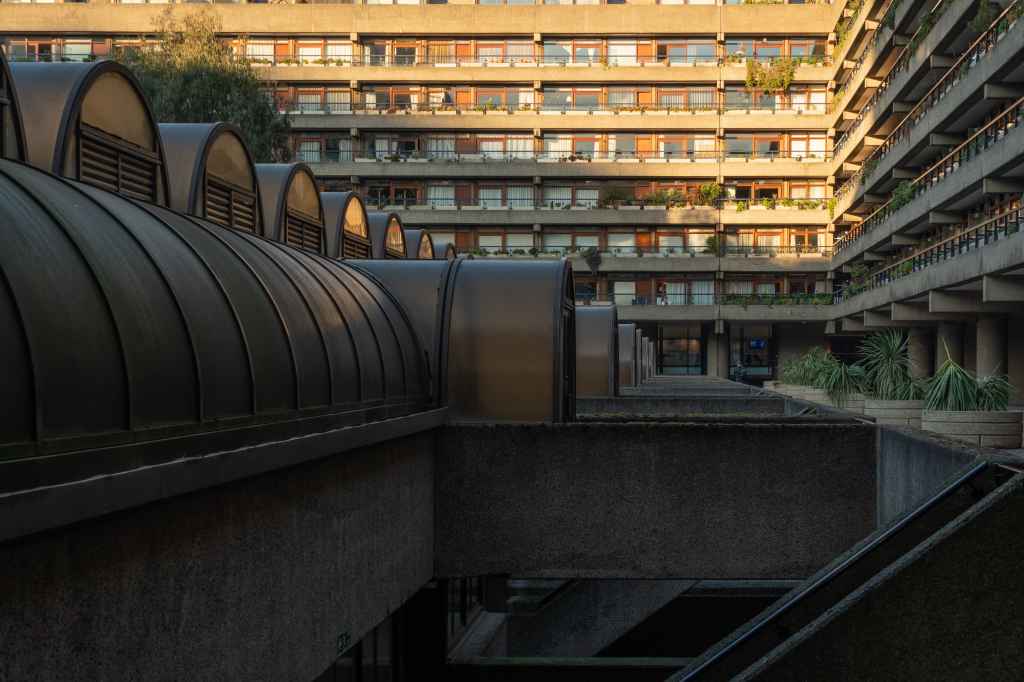
White balance
The A6400 creates pretty good images, though. In typical Sony fashion, auto white balance tends to err on the cool side, and the standard JPEG colour palette is noticeably subdued compared to the punchier, more attractive output you’ll get from the likes of Canon, Fujifilm or Olympus. But with a bit of tweaking the quality can be truly excellent, with minimal noise and plenty of fine detail in good light.

High-ISO image quality is also extremely good. Not only does Sony manage to maintain colours extremely well up to ISO 6400, its JPEG processing provides an unusually strong impression of fine detail. But while ISO 12,800 is usable at a push, I’d avoid going any higher.
Image quality
Sony has fitted the A6400 with the same 24.2MP APS-C sensor as its predecessor, but teamed it up with a faster processor. Unlike the firm’s current full-frame and 1-inch type sensors, it doesn’t use a back-illuminated or stacked architecture. As a result, the A6400 is now technically surpassed by Fujifilm X-T30, with its 26.1MP back-illumimated X-Trans CMOS 4 sensor. But it’s still capable of excellent image quality, with good detail and dynamic range at low sensitivities, and strong performance at higher settings up to ISO 6400.

Resolution
In the process of my Sony A6400 review, I found that at ISO 100 in raw format the camera comes close to the maximum resolution its sensor could theoretically deliver, achieving approximately 3800 lines per picture height before false colour and maze-like aliasing creep in. This falls progressively as the sensitivity is raised, but the camera still maintains around 3000 l/ph at ISO 6400. At higher settings, noise has an increasing impact, with around 2800 l/ph resolved at ISO 25,600 and just 2000 l/ph at the top extended setting of ISO 102,400. Sony’s JPEG processing prioritises suppressing artefacts, resulting in slightly lower resolution compared to raw.
In the crops below, multiply the numbers beneath the line to calculate the resolution in lines per picture height.






ISO and noise
At low sensitivities the Alpha 6400 delivers finely-detailed images with barely any hint of noise. Increase the setting to ISO 800 and noise starts to impinge on even-toned areas when viewed closely onscreen, but you’d really struggle to see it in print. This gets more pronounced at ISO 1600 and ISO 3200, but I still wouldn’t hesitate to use these settings. Indeed it’s only really at ISO 6400 that there’s clearly a negative impact on fine, low-contrast detail and colour saturation, although image files still look quite usable, especially with a touch of luminance noise reduction applied. Beyond this things go downhill fast, and while ISO 12,800 images might still be OK when viewed at smaller sizes, the top three settings all suffer from muted colour and excessive noise that swamps all but the broadest details.
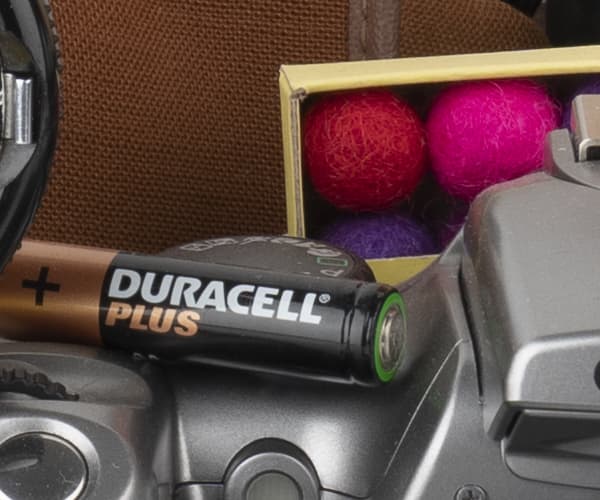
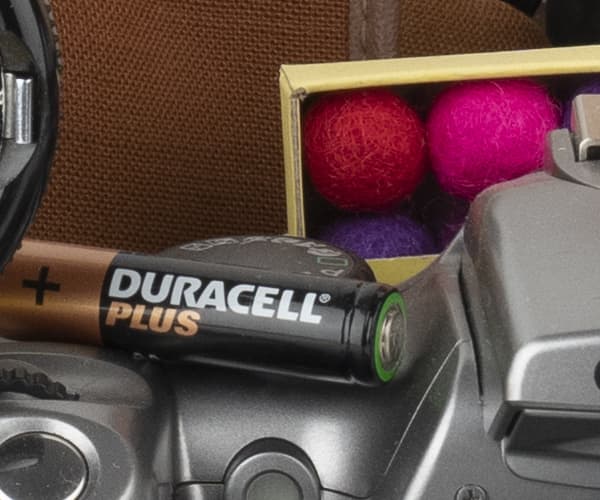
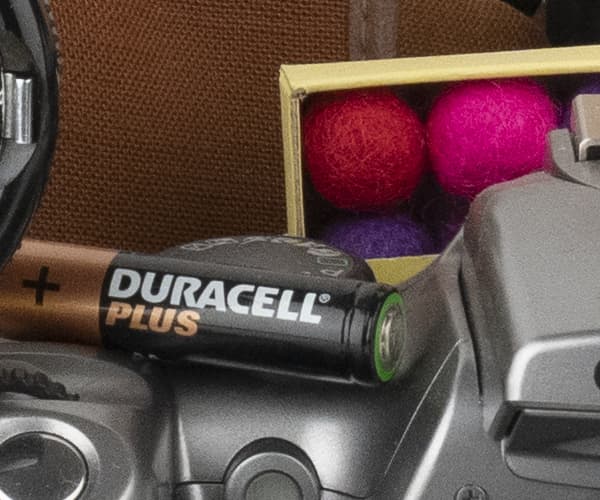

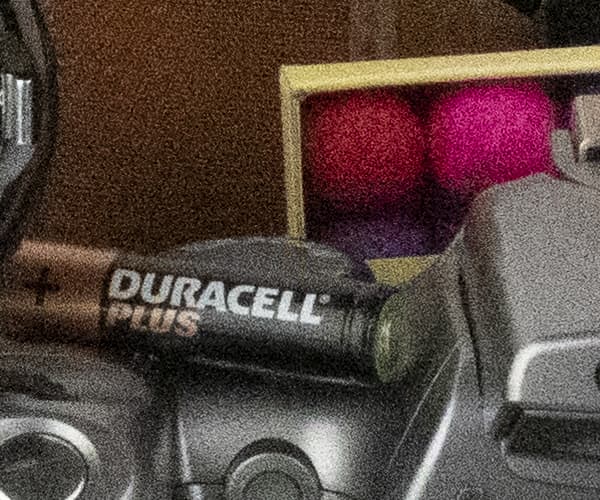

Sony Alpha 6400: Verdict
The Sony Alpha 6400 is without doubt the most Jekyll-and-Hyde of all the cameras I’ve reviewed recently. On the one hand, it’s impossible to praise its new autofocus technology highly enough – this really was a glimpse of the future. Its ability to lock onto and track subjects is truly extraordinary, as is its seamless switching between object-, face- and eye-detection focusing. The fact that Sony presented this within a straightforward and intuitive interface reinforces the impression that it’s a major step forward.
Essentially, it means that you longer have to think much about focusing, even with erratically-moving subjects, and can instead concentrate purely on composition. Even better news is that this breakthrough technology is now available to Alpha 9, Alpha 7R III and Alpha 7 III owners via a free firmware update.
The cons
The problem I found, however, is that Sony has placed this technology in an 8-year-old camera design that now feels distinctly out-of-date. The compact rangefinder-style body was ground-breaking when mirrorless cameras were in their infancy. Since then photographers’ preferences have coalesced around models that behave like miniature DSLRs, such as Fujifilm’s X-T series, Olympus’s OM-Ds, or even Sony’s own full-frame cameras. These tend to offer superior control layouts, larger screens and quieter shutters. Indeed it’s particularly disappointing to see how much Sony’s APS-C bodies have stagnated, given the considerable improvements we’ve welcomed with each generation of Alpha 7; indeed the A6400 handles poorly compared to even the relatively-clunky first version of its full-frame cousin.
Is it right for you?
How positively any given photographer will take to the A6400 depends, therefore, on how they can reconcile these two poles of its split personality. For those who primarily see photography as an artistic pursuit, and demand that the camera be an extension of their hand and eye that operates intuitively to facilitate their vision, it’s unlikely to be the right answer. However for those who simply want to nail the shot with erratic subjects, and therefore need the best possible AF system and sensor, the A6400 could easily be a godsend.

Related reading:
- Best cameras for portraits and portrait photography
- The best cameras for beginners
- All the best Sony cameras

